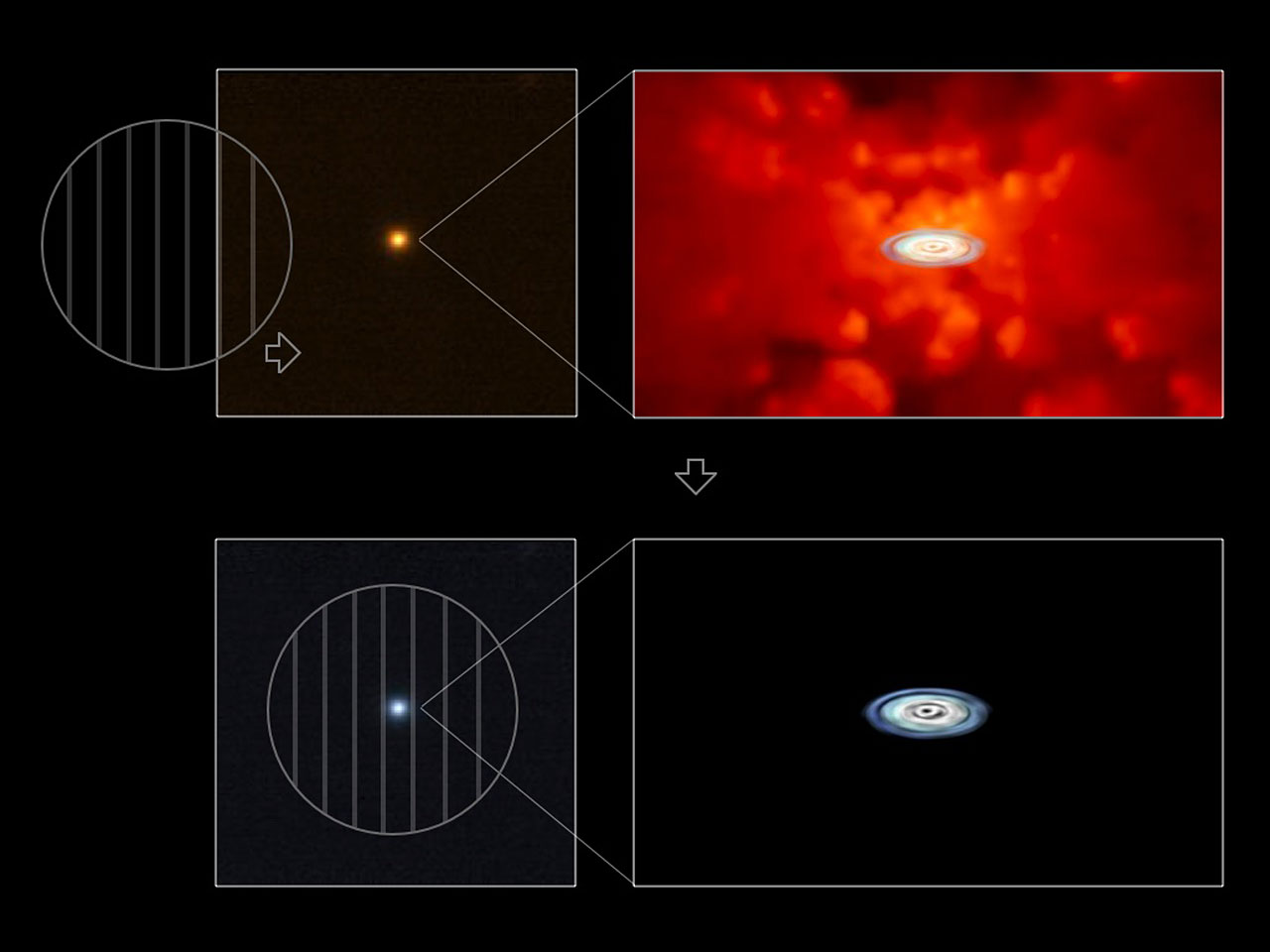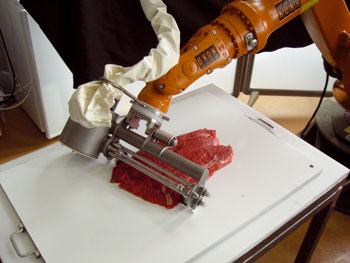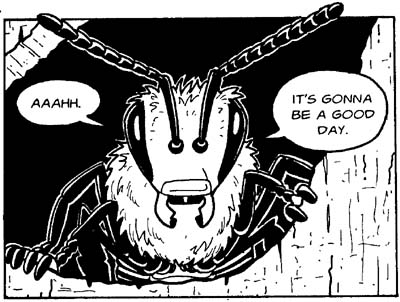
Another year, another NSF/AAAS Science and Engineering Visualization Challenge. With the opening of my institution mere days away (tonight’s the gala), I’ll limit my comments to short and snarky.
As usual, the quick and dirty way of catching up on the challenge winners is to enjoy the Science magazine interactive thingie: you can browse the images, listen to the podcast, etc. The one thing you can’t do unless you subscribe to the magazine is actually read the article. Bummer. The NSF provides a fairly thorough description of the winners with plenty of links, so you can still get a good sense of who did what.
Most of the winners are truly impressive, and thus unworthy of comment (except I’ll note that I quite enjoyed the “Smarter than the Worm” video). Instead, I’ll of course mention the one I didn’t much care for… The “squidsuckers” image above. We’re looking at tiny suction cups (each less than half a millimeter in diameter, with chitin “fangs”) on the arm of a Loligo pealei squid.
First off, I find the garish colors a bit of a turn-off, and the mediocre alignment of the color to the underlying image doesn’t help. Jessica Schiffman, the doctoral student at Drexel University who created the picture, claims that the film Little Shop of Horrors inspired the color scheme (presumably the Frank Oz version, not the original black-and-white movie). That’s cute and all, but I wonder if a novice viewer would interpret these tiny little maws as individual Audrey Juniors, waiting to consume the squid’s prey rather than simply latch onto it.









